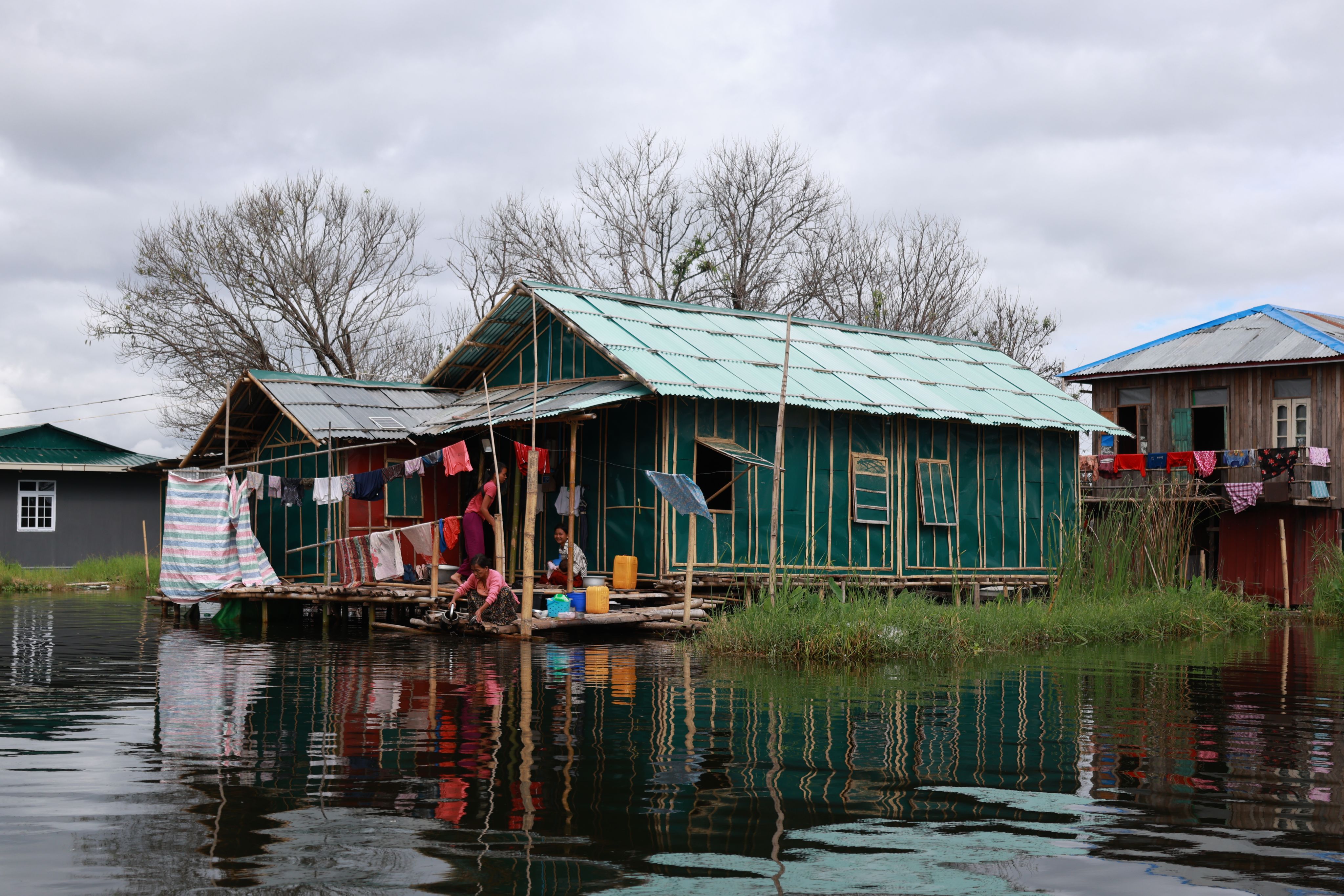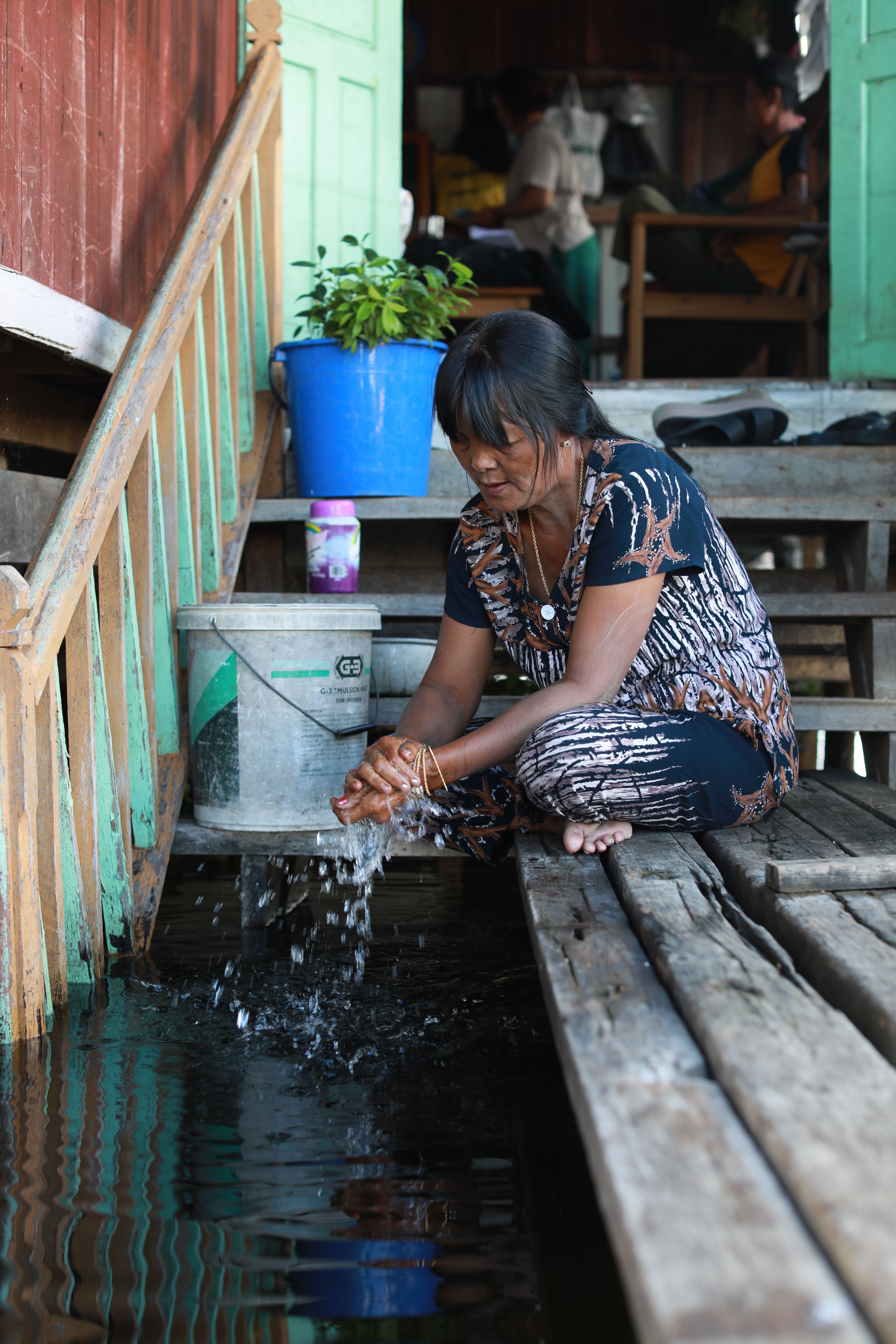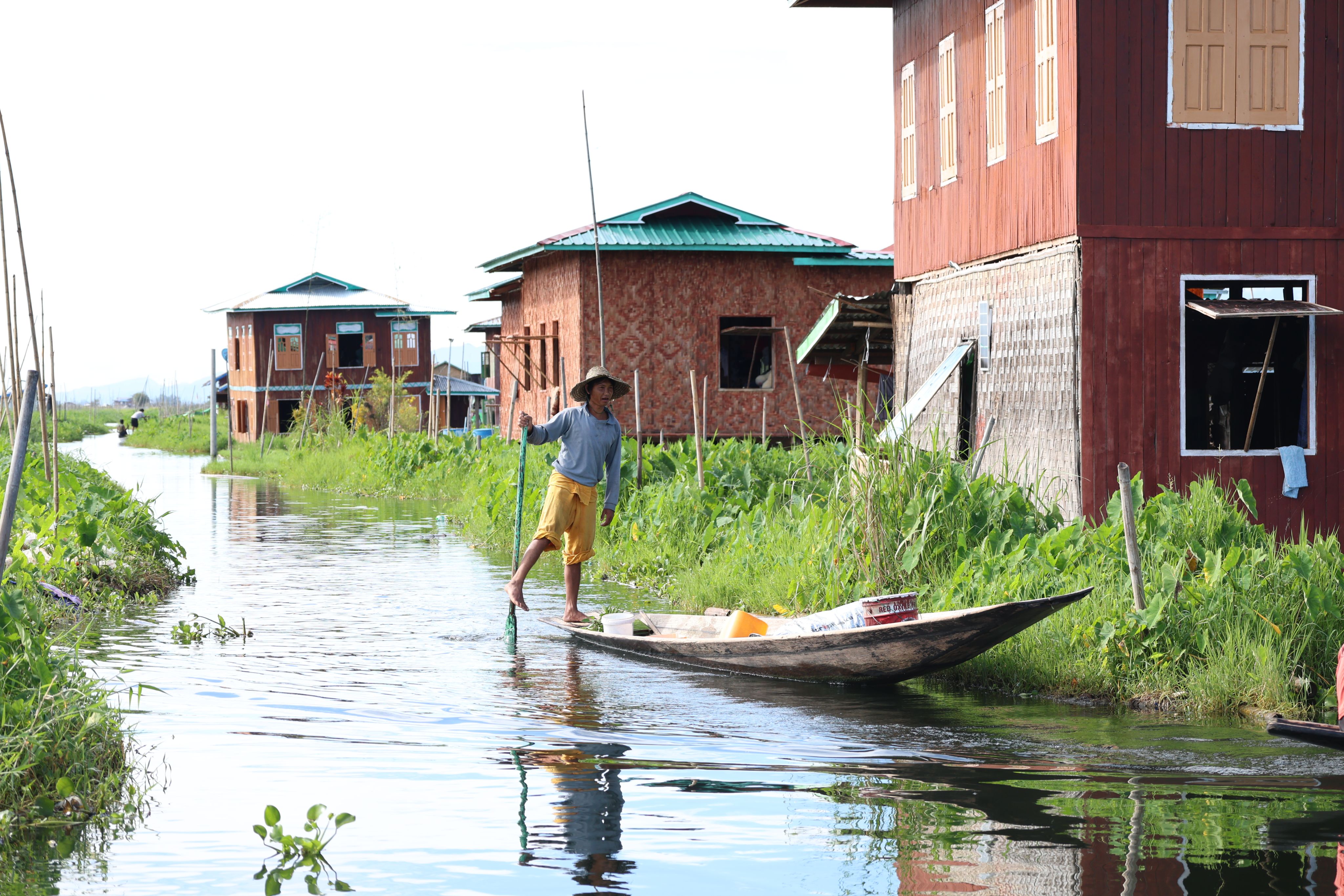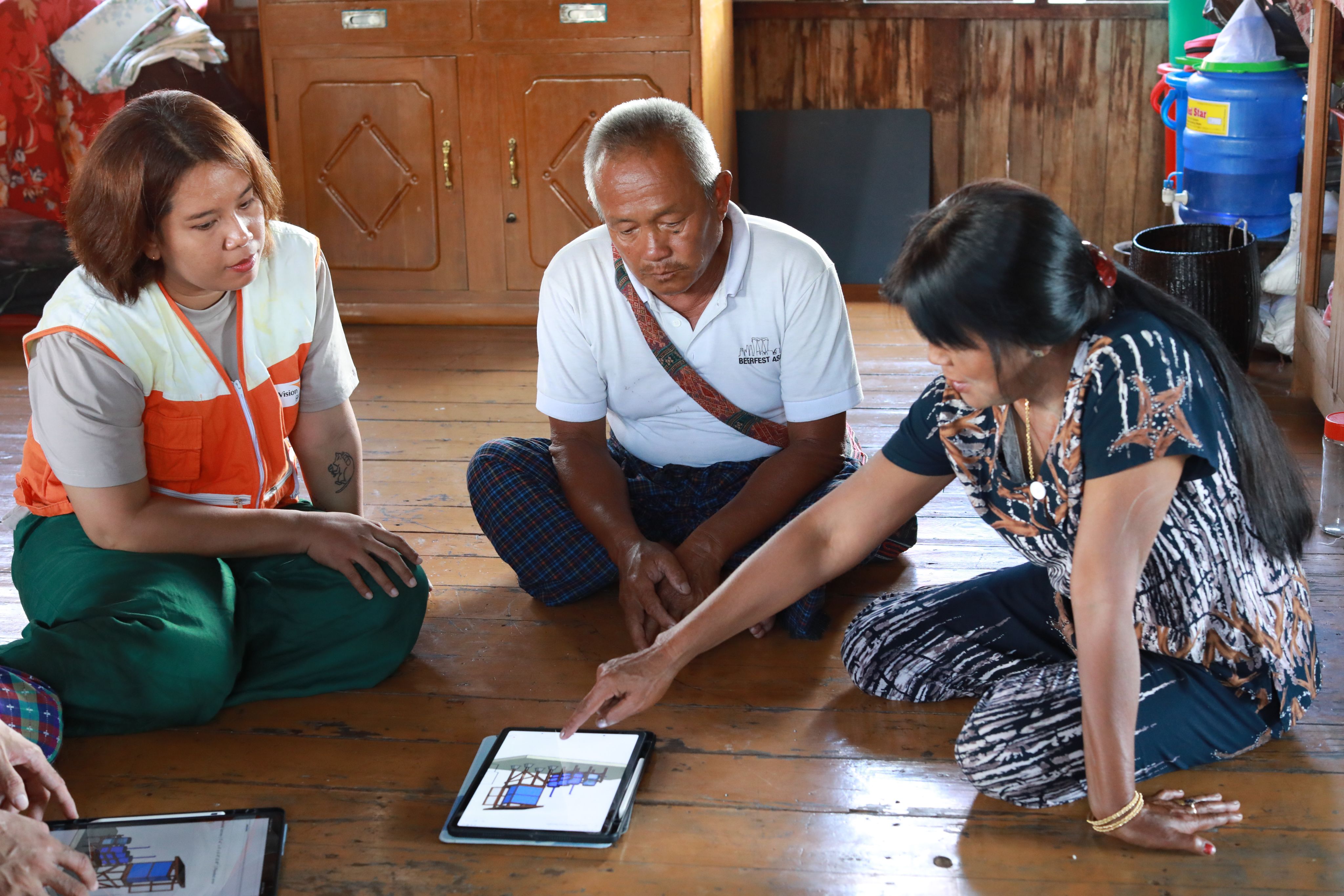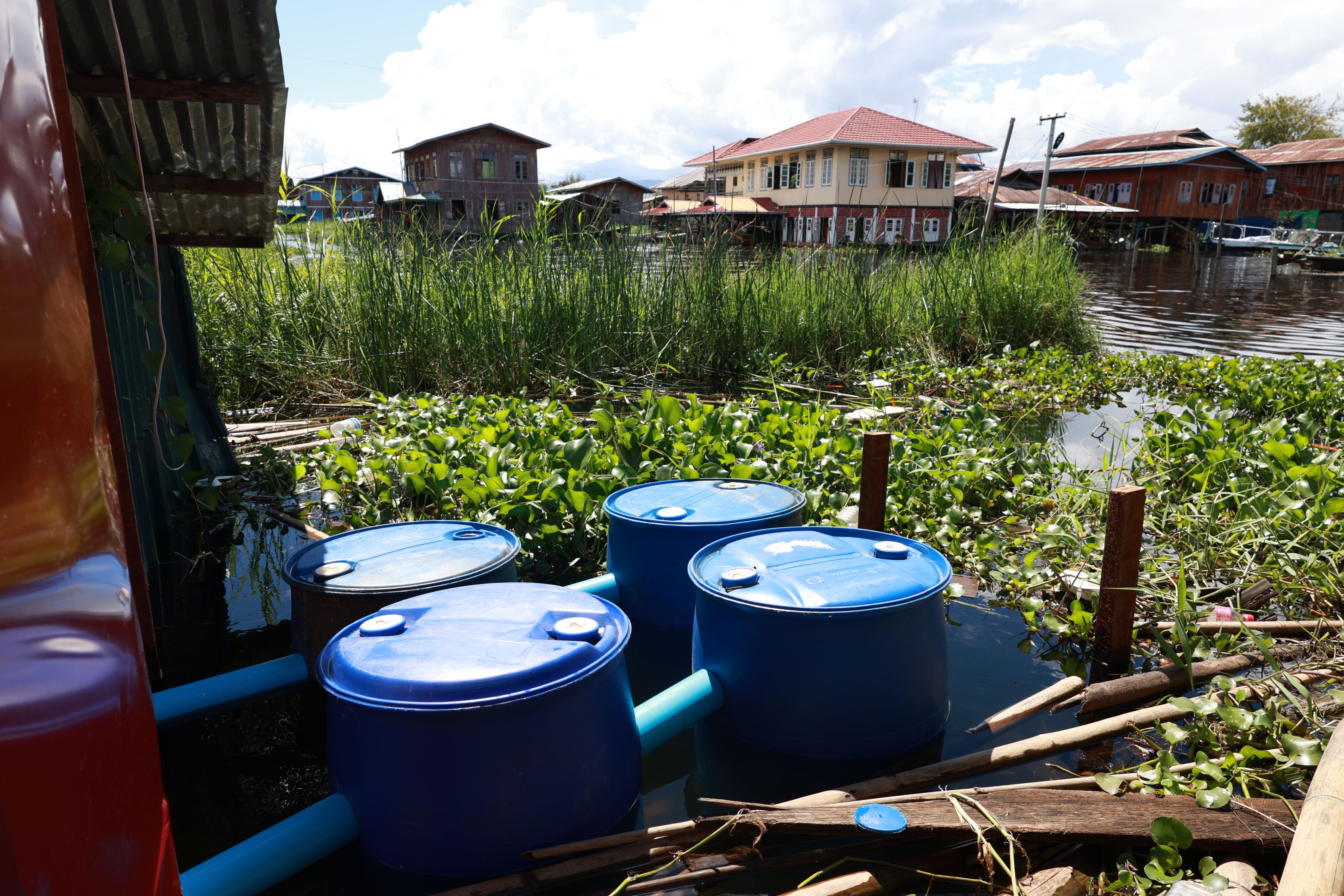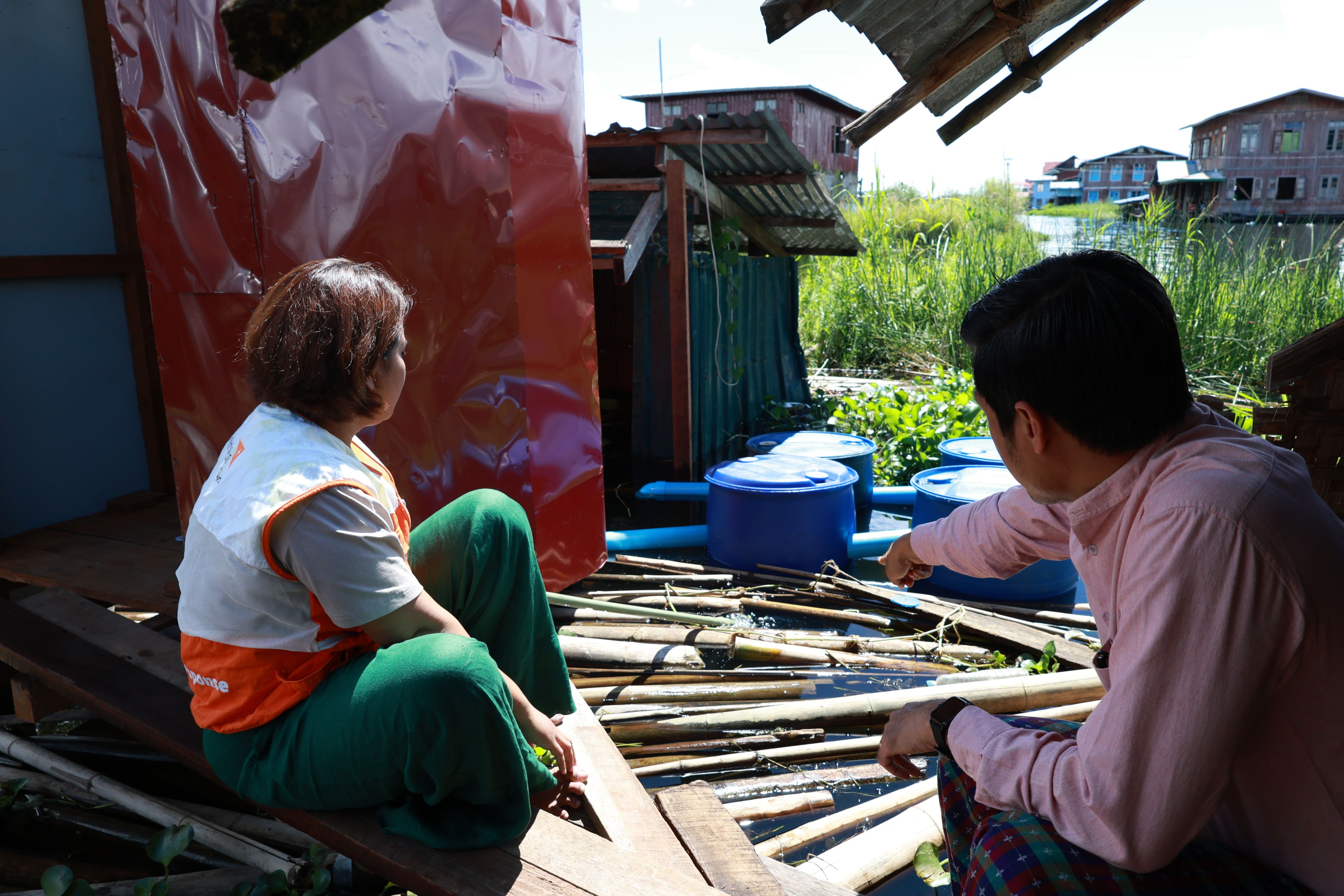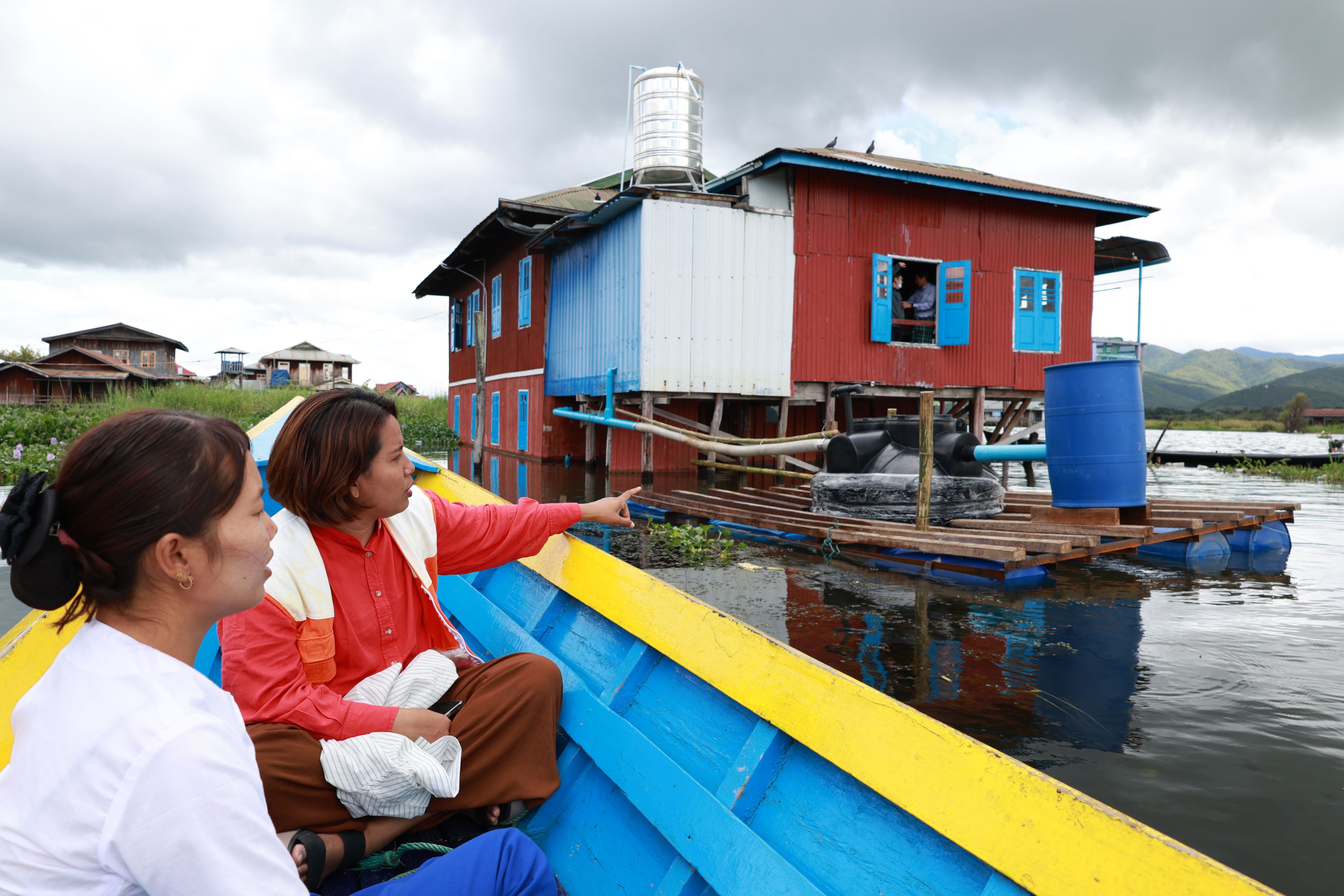From Crisis to Resilience
From Crisis to Resilience:
How Floating Toilets Are Changing Lives on Inle Lake
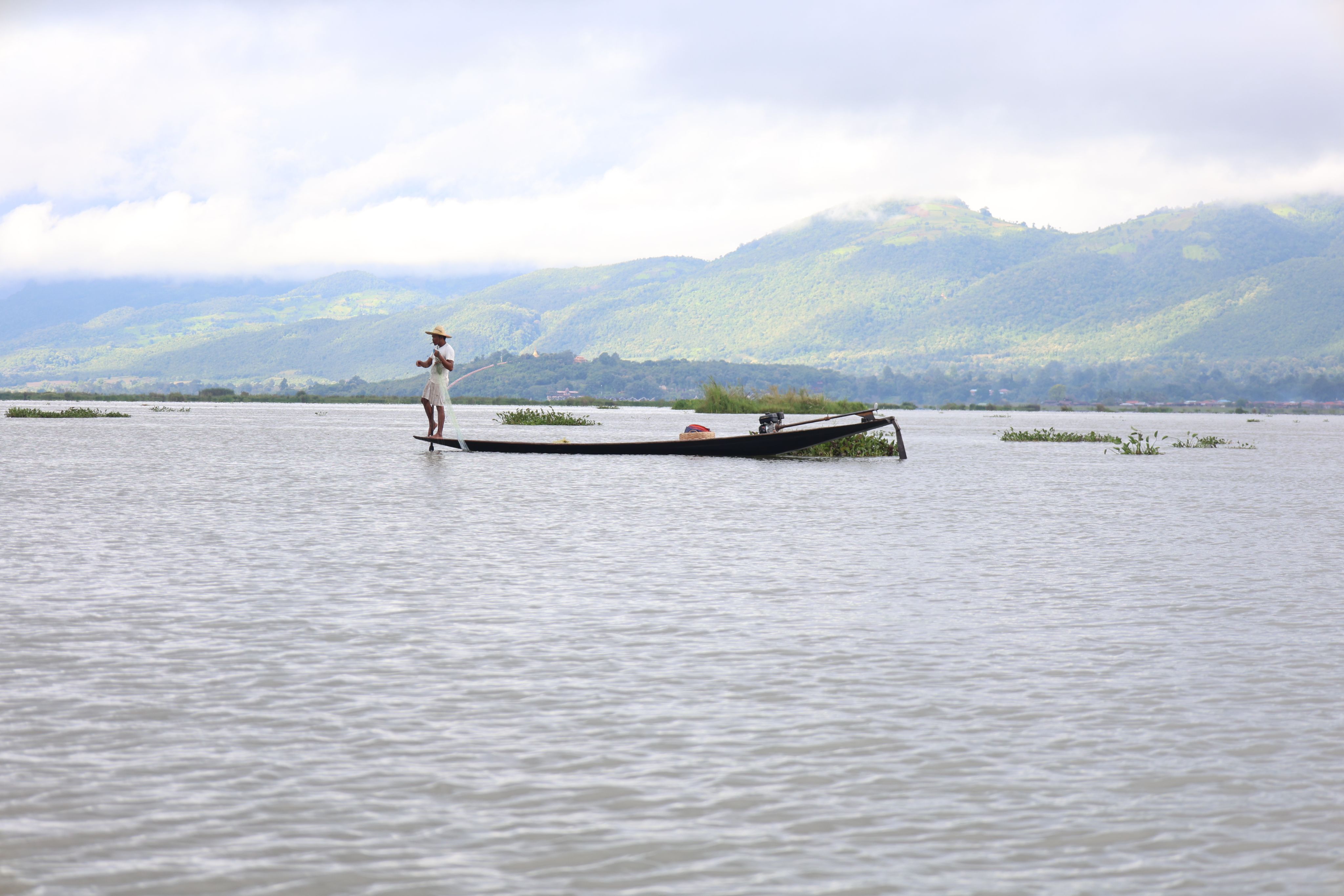
Once a jewel of Myanmar’s highlands, Inle Lake still shimmers beneath the morning light, yet its reflection tells a different story. This UNESCO Biosphere Reserve, home to the Intha people who have lived for generations in stilt houses above its waters, is now facing serious environmental and public health challenges.
Pollution from household waste, agricultural runoff, and fragile sanitation systems has taken a visible toll on the lake’s once-clear waters. Tests reveal contamination levels far beyond safety limits, threatening both the delicate ecosystem and the wellbeing of local communities.
The Problem
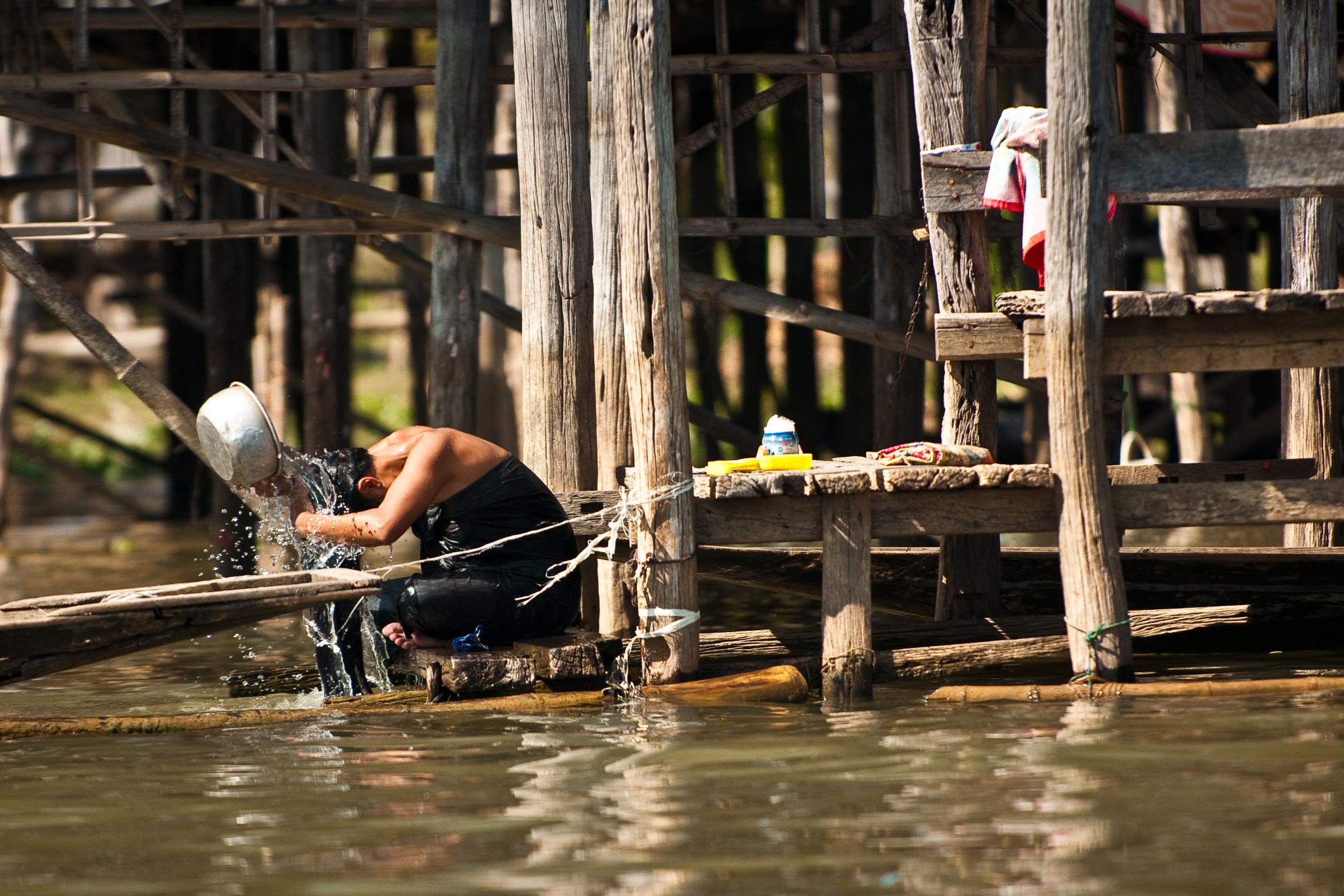
Inle Lake’s deteriorating ecosystem is fuelling a growing public health crisis.
Water quality has sharply declined due to the direct discharge of raw sewage from traditional “hanging latrines”, agricultural runoff, and inadequate waste management. Tests have revealed faecal coliform levels, including E. coli, far exceeding WHO safety limits, contributing to outbreaks of diarrhoea, hepatitis A, and other waterborne diseases.
Health workers report that women are disproportionately affected, experiencing higher rates of urinary tract infections and even liver conditions linked to contaminated water.
Recent climate shocks: Cyclone Yagi and a 7.7-magnitude earthquake, have destroyed already fragile sanitation systems, intensifying both pollution and health risks. Experts warn that unless the continuous cycle of human waste entering the lake is broken, diseases such as cholera, polio, and parasitic infections will persist as endemic threats.
The local population depends heavily on Inle Lake’s water for essential daily activities.
The local population depends heavily on Inle Lake’s water for essential daily activities.
For families like Myint’s from Nan Pan, their everyday lives are deeply connected to the lake.
For families like Myint’s from Nan Pan, their everyday lives are deeply connected to the lake.
Life around Inle Lake revolves entirely around its waters. From fishing and farming to transportation and household chores.
Life around Inle Lake revolves entirely around its waters. From fishing and farming to transportation and household chores.
The solution
Low-cost innovation

Wint, World Vision’s WASH Technical Lead, and Kyaw, the Project Manager, meet with Myint.
Wint, World Vision’s WASH Technical Lead, and Kyaw, the Project Manager, meet with Myint.
The floating bio-septic tank uses a multi-chamber system to safely break down waste and filter water, offering an innovative solution for lake communities.
The floating bio-septic tank uses a multi-chamber system to safely break down waste and filter water, offering an innovative solution for lake communities.
Wint, World Vision’s WASH Technical Lead, and Kyaw, the Project Manager, inspect the newly installed floating toilet designed to improve sanitation for Inle Lake communities.
Wint, World Vision’s WASH Technical Lead, and Kyaw, the Project Manager, inspect the newly installed floating toilet designed to improve sanitation for Inle Lake communities.
Transforming sanitation.
In partnership with local authorities, World Vision installed pilot floating bio-septic toilets at Nan Pan Rural Health Centre and a local household that have drawn strong community support, with residents reporting immediate health benefits and resilience during floods.
"Before using this type of toilet, nearly the entire village suffered health issues. But now, when we have this kind of toilet, our health won't be affected. When flooding occurs, only this kind of toilet will make things okay. That's why I accepted building this toilet. If we start using this kind of toilet now, the health problems will decrease."
Health workers say the design is a game-changer for preventing waterborne diseases among women and children, while reducing environmental pollution.
"Building these kinds of toilets mainly benefits children by preventing intestinal diseases and skin-related illnesses. For women, it allows them to maintain their personal hygiene more effectively,"
Costing between $400 and $600 and lasting up to 50 years, the system separates waste for safe treatment and floats with rising water levels, making it easily adaptable for other vulnerable regions such as the Irrawaddy.
Widespread adoption could help curb cholera outbreaks and support the restoration of the lake’s ecosystem, positioning this approach as a potential blueprint for climate-resilient WASH solutions across Myanmar. independence.
Innovations such as floating bio-septic tank systems offer resilient sanitation for fragile environments—transforming a looming crisis into an opportunity for sustainable progress.
By listening to communities and adapting to local realities, our WASH interventions deliver greater impact—making them more effective, equitable and sustainable."
Similar Stories
Myo Oak Soe shares with us a sobering reality: the shimmering waters of Inle Lake, a UNESCO Biosphere Reserve and home to Myanmar’s unique Intha community, are in crisis.
Dr. Edward Zan, Senior Operations and Response Director at World Vision Myanmar, warns that a climate crisis is rapidly unfolding in the flood-prone Inle Lake region—bringing with it a looming public health emergency.





